By: Hillel Fuld (@Hilzfuld)
It happened. After months of gradually lowering my activity on Snapchat and paying close attention to the amount of Snap spam I get on a daily basis, I finally deleted the app from my iPhone’s home screen, which for all intents and purposes means, I just quit Snap.

How does Twitter come into the picture? We’ll get there. But first, let’s back up…
February 13, 2016, I wrote this article about why I was wrong about Snap and why it is a platform worth checking out.
Then I wrote this article about Snap, which by the way, is kinda awesome. I was sold on Snap. No, I was more than sold. I was hooked. I began to use Snap often and follow the most interesting people on the platform. I quickly realized that discovery, aka finding interesting people to follow was probably the platform’s greatest challenge. So I set out to solve it, at least on a small scale.
I compiled a list of 50 interesting people to follow on Snapchat. That list exploded. Those 50 accounts reported back that they instantly acquired thousands, sometimes tens of thousands of new followers. So I did the only logical thing, I compiled another list of an additional 50 people to follow on Snapchat.
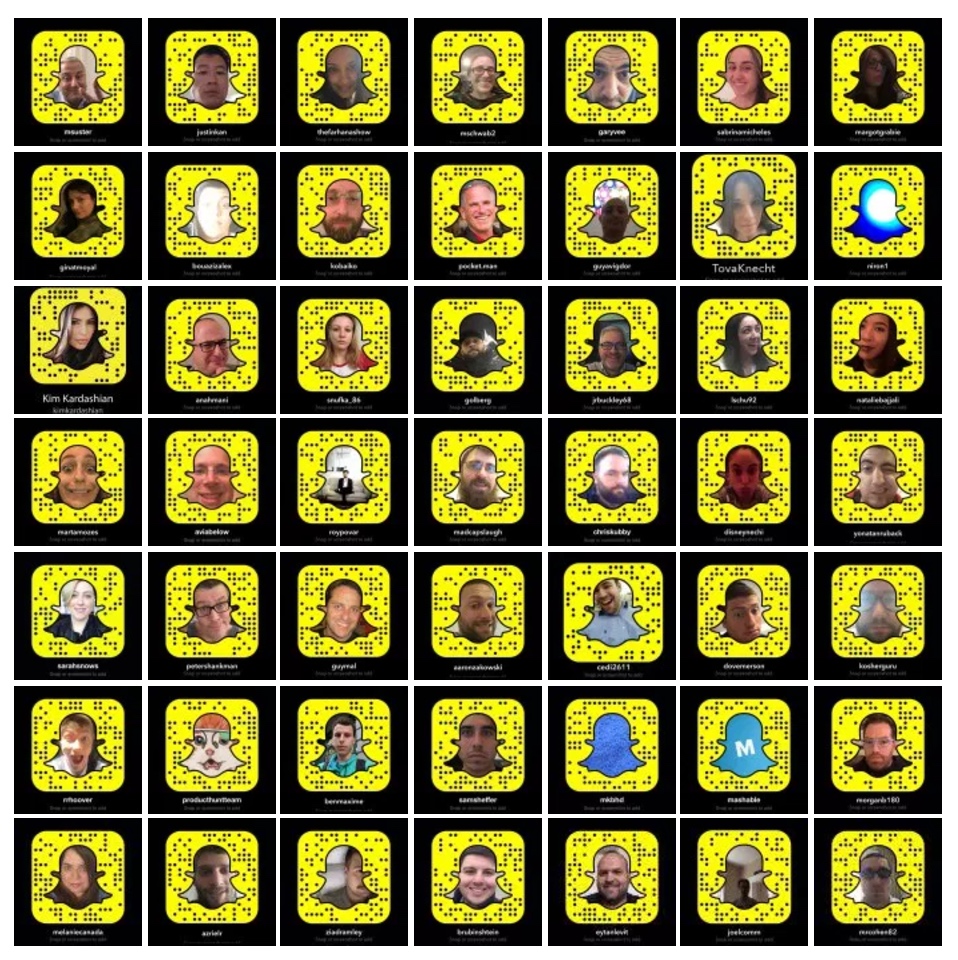
The platform was really exploding and it was everywhere. And then, as always, the consequence of popularity, the platform’s, not mine, began to show its ugly face. Abuse, spam, so much garbage. Then the Block button became my friend and I wrote When I Follow, Unfollow, and Downright Block Someone on Snapchat.
Now to be clear, at this point, I was snapping anywhere between 10 and 80 times a day. I was snapping about my morning coffee. I was snapping about my morning drive and my love of morning traffic. I was snapping about my meetings. I was snapping interviews. I was snapping food. I was snapping everything. I was all in.
For the next year or so, I spent a lot of time on Snap. A LOT of time…
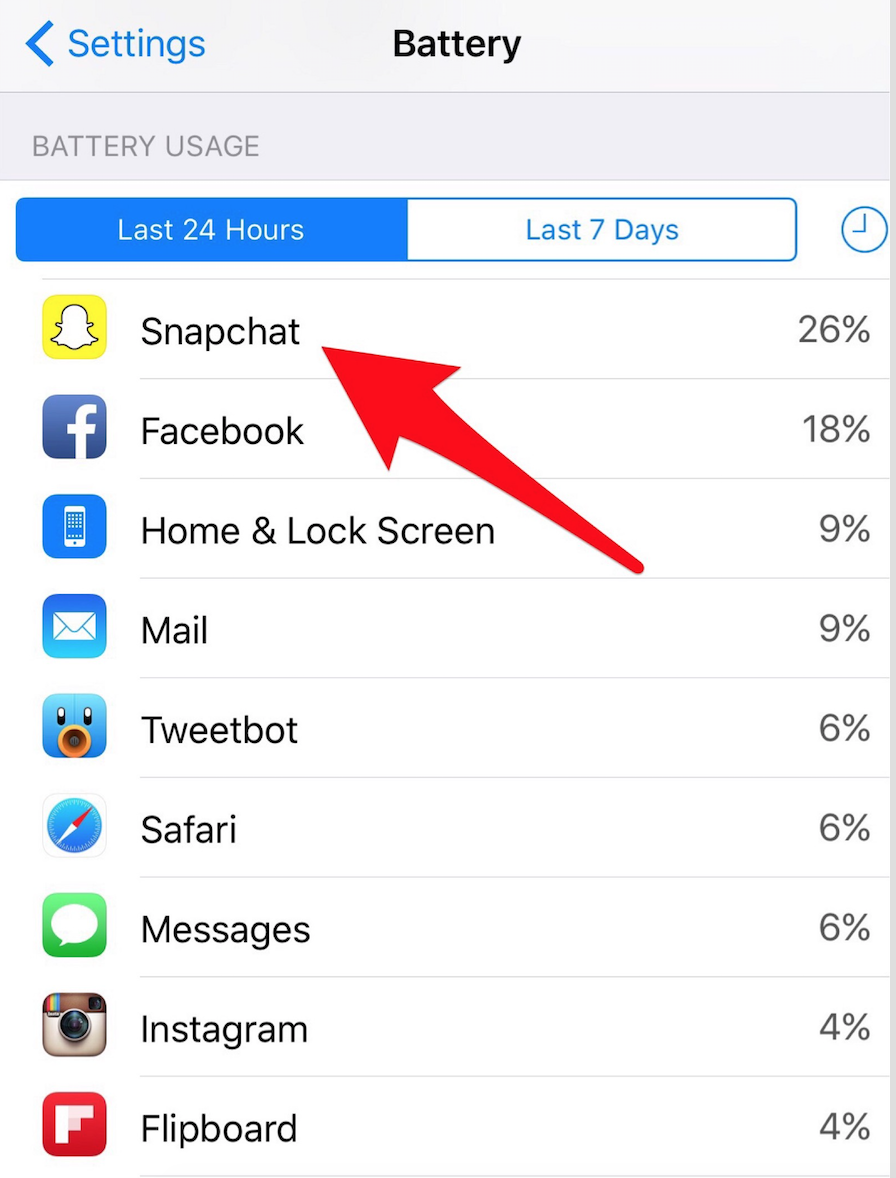
I loved Snap so much, I even committed the ultimate fashion crime and wore the Spectacles. A lot. Like all the time.
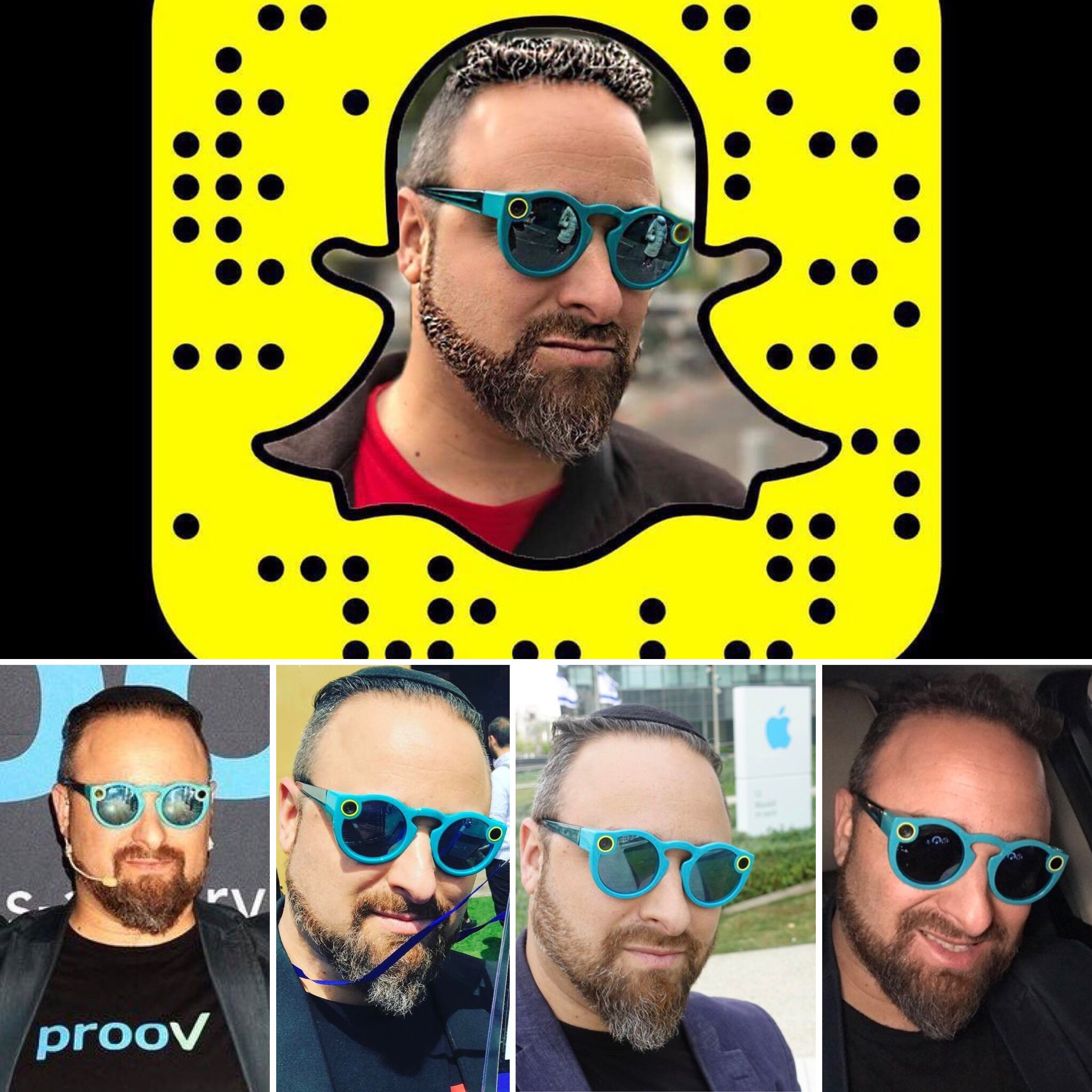
I even enjoyed some moderate popularity on the platform! First time ever being called a Business Guru, but I’ll take it…
Over the long period of time in which I was embracing the platform, I often thought about the similarities between Snapchat’s journey over the years and Twitter’s journey. I am not talking about the two company’s depressing situation on the stock market, although that may very well be the result of the two journeys and the mistakes the two companies made along the way.
The two companies share so much in common, from the engaged community in the early days to the level of engagement among its power users, as well as the many issues both products share, such as the discovery issue as well as the very very poor onboarding UX. Think about it, how many friends of yours have you heard say the following sentence: “I tried Twitter/Snap, and I don’t get it. I find it confusing so I gave up.” That is the result of both platforms not knowing how to hook in new users when they first access the product…
Let’s start with the positive though…
The Early Days of Twitter
Anyone who was active on Twitter before it went mainstream will tell you that the early days of Twitter were wonderful. The power users on the platform had formed a very close community used to form partnerships, collaborations, and different initiatives to help promote each other’s brands and products. It was truly an enjoyable platform back then.

The next step was that Twitter began to seriously catch on and the ecosystem began to build itself out. When I say ecosystem, I am of course referring to the many apps that were developed on all platforms to support the Twitter community. But I am not only referring to the technical ecosystem. There were services, merchandise vendors, private groups of people who joined together to help each other out on the platform, and so much more.
What Happened Next, Well, You Know what Happened Next
That went on for about five years before things started getting ugly. Then came the thousands of “Twitter experts” who would help you get more followers for the low price of… whatever. Then the spam. The abuse came next, and at that point; the early days of Twitter were over and everyone, including the company, knew they had to do something. What that something was, is still undetermined, but Twitter has a problem.
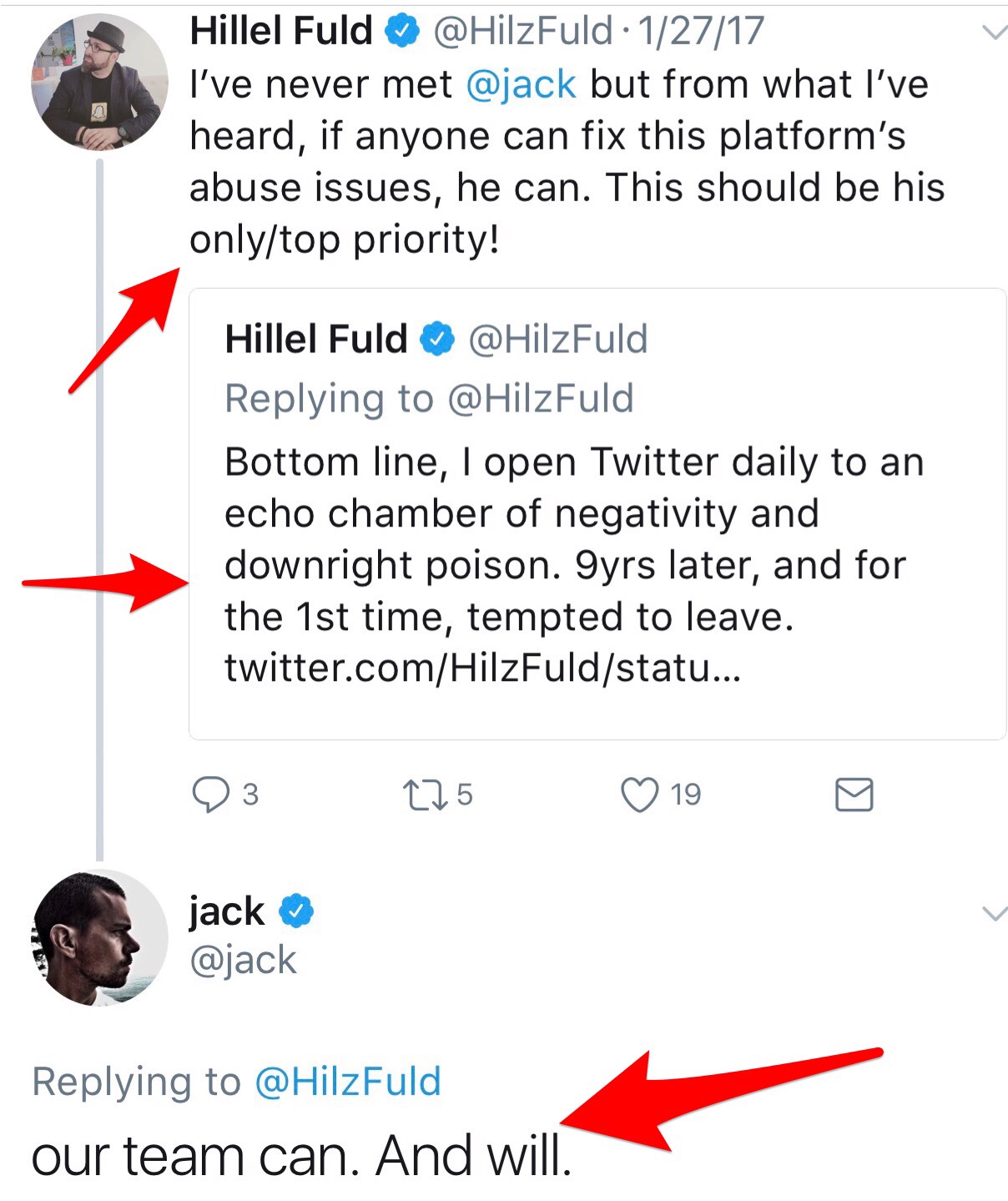
Here is the thing with Twitter though… The good outweighs the bad. In those early days, the platform caught on so widely that those who embraced it received so much value that now, despite all the negative aspects, they stick around. That’s why I still use and love Twitter despite the abuse and spam. I get a lot from it on a daily basis.
Now scroll up and read everything I just wrote about Twitter, replace the word “Twitter” with “Snap” except one paragraph, the last one, about value.
The early days of Snap were great. The people, the community, the ecosystem. Then the experts and the spam. Then the abuse. And the rest is history. Only thing is, not much value left there, with very few exceptions. So all that is left on Snap for me when I do open the app? Messages from strangers asking me to start a streak (A stream of back and forth messages without missing a day.). Don’t ask me. Apparently it’s what the kids do on Snap.
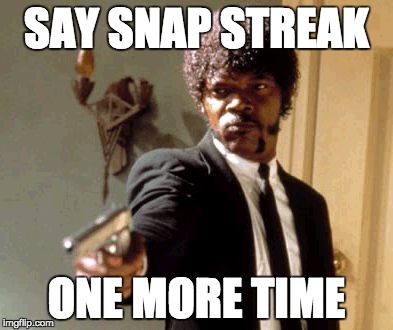
So like Twitter, I got hooked on Snap and genuinely loved it. And like Twitter, so did millions of other people. Like Twitter, the spammers smelled the dollar bills and came to the platform, then ruined the platform. Unlike Twitter though, Snap did not have enough time to build out its core value proposition and when the abusers ruined the platform, they left us users empty-handed.
Company/Product Philosophy
The similarities between Snap and Twitter go deeper than their community and user base. The two companies made many mistakes along the way, as far as product and company philosophy are concerned. Namely, both companies got a little too comfortable with their early popularity, and ignored the billions of people who were not yet on the platform. In other words, they never made their products suitable for the mainstream. They never learned that from Facebook.

Take their API for example. Twitter was a little better than snap when it comes to supporting developers and letting them build tools to support the platform, but both Twitter and Snap did not open themselves up enough to let their users build out an entire universe the way other successful platforms did. Whether it is Android or Facebook, or even Apple, the magic happens when you let developers do their thing on top of the platform you built. Just look at the App Store for example and you will understand what I mean. And let’s not forget, the first iPhone launched without an App Store. The smartest thing Apple did was embrace the developer community.
Twitter embraced this philosophy in the early days, then kind of did a U Turn and neglected its developer community for a while, only recently reversing that mistake and embracing the community once again. Snap? They were an elitist company from the get-go and they, as a company starting with the CEO give the impression of “We are so popular that we don’t care about you, as a user or as a developer. We can and will do this alone. You don’t like it? Go to Instagram!”
Any guesses what happened next? That’s right. People went to Instagram.
This philosophy of “We are great and don’t need anyone” manifested itself not only with developers but with the core product itself, specifically the onboarding process. Both companies give the impression “If you can’t figure this out without us dumbing it down for you, we don’t want you here anyway…”
That is just bad business and both Twitter and Snap are now paying the price with Zuck cannibalizing their market. That is called the price of ego.
Again, Twitter is just as guilty as Snap, but the reason I, and many other people stick around on Twitter and have quit snapping, is because Twitter provides enough value to keep me around. Snap does not.
My Attraction to the Underdog
So, if there was so much abuse on Snap for so long and if it didn’t provide that much value, and if the company was acting the way it was, why did I stick around for so long? Well, I kinda have this thing where I cheer on the underdog. I did it back in the day with Google+ as one of the first users there. I accumulated well over 50,000 followers on the platform and was quite vocal about why I thought it had a shot. I was very close to the Google+ team (still am.) and I tried to cheer them on when everyone else eulogized the platform. I did the same for Windows Phone RIP.
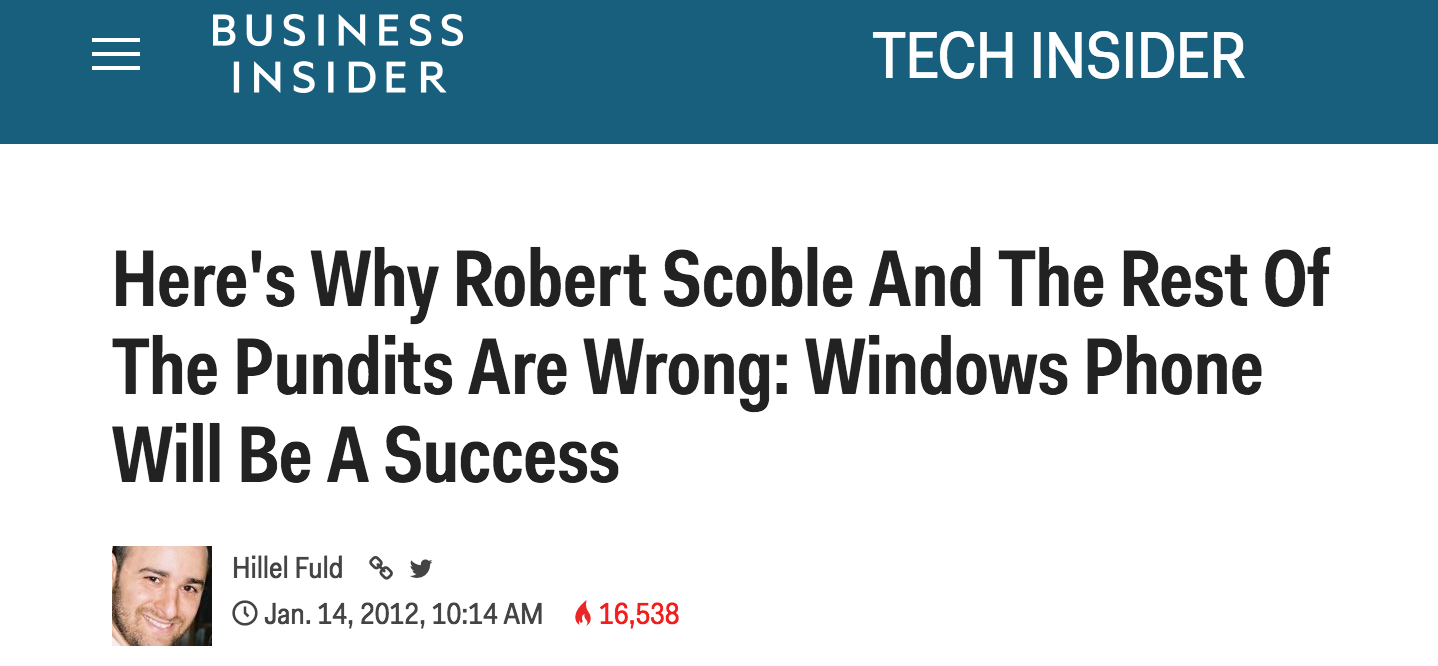
I like to give the new kid a chance to succeed when everyone else is bullying him. That was the case, until this morning, with Snap. I wanted to believe it had a chance to fight back or at least get a good punch in when being bullied by the captain of the football team, Instagram. But it kept taking beatings to the point that it was losing so much blood in the form of its stock price, I figured it was time to cut ties. For the record, I still hate bullies and I want to say to Zuck, you suck for being so mean and ruthless. You are also kinda brilliant… But you suck!
And the Final Nail in the Coffin…
In addition to the whole underdog thing, I stuck around on Snap for one other reason. It kinda became part of my routine. At least until a few weeks ago when I started snapping less. What happened a few weeks ago? I started taking my daily vlogging super seriously. Snap also became a time-suck for me and I had more important things to do than snap about my morning coffee.

In fact, the important snaps, the ones about cool tech and remarkable people? I found a new home for those. My YouTube channel. Everything comes at a price and the price of daily vlogging for me was less snapping, and then as of this morning, pretty much no more snapping.
The Bottom Line
Here is the bottom line. Snap, the company did so much right. They built a brand so strong that the company was able to go public at a valuation that has almost zero correlation to their numbers or revenue. They built a user base so engaged that despite the app’s poor user experience, people actually justified it by saying “It’s so bad, it’s good.”. They pioneered a concept called stories that is so tapped into the needs of millennials that everyone and their mother ripped them off.
For all that and more, I commend Evan and what he has built. It is not you, Evan, it’s me. I need to focus my time on something that both rewards me, appreciates my investment, and gives me more value than I give it. That, for me, is not Snap. Not now, but I would never say, “Not ever”.
Good luck winning me (and millions of other people who have migrated to Instagram) back. I am rooting for you from behind the bleachers.
For now, though, I learned from Twitter that if you don’t handle abuse properly now, and if you don’t embrace your community now, and if you don’t innovate fast enough, well, there’s a good chance you never will.

